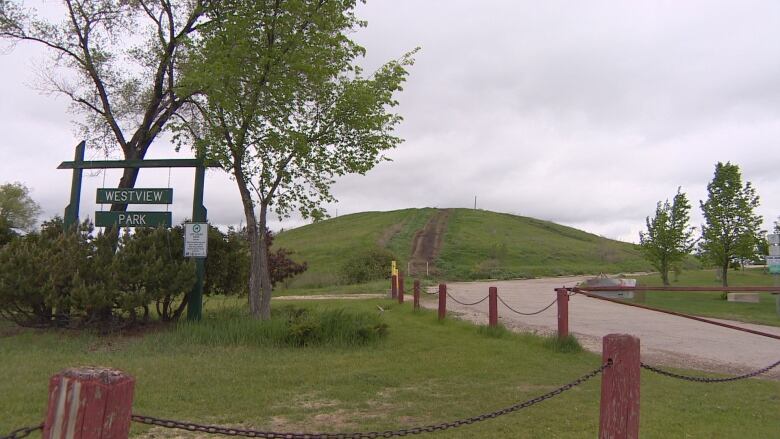Winnipeg plans to peer deep into its old garbage
225 more wells planned to monitor methane and groundwater at closed landfills

Winnipeg plans to conduct more environmental testing on its old landfills to get a better handle on potential contamination.
The city plans to spend $655,000 over the next three years to drill 70 new wells to monitor the groundwater below its old dumps and install 150 wells to monitor methane, the gas generated by the decomposition or organic material.
The city has 33 landfills that are no longer in use, said Chris Kozak, supervisor of environmental monitoring and reporting for Winnipeg's water and waste department.
On Monday, he appeared before council's water and waste committee to explain what the city is doing to ensure all the sites including some that were forgotten by the former municipalities amalgamated into Winnipeg in 1973 do not pose a threat to the city's air and water.
Kozak said 16 of the 33 old landfills have been converted into parks, most notably Westview Park, which many Winnipeggers know as Garbage Hill and dates back to 1875.
Unlike most of the other other closed landfills, WestviewParkis made up mostly of ash and glass. Other closed landfills contain everything from old cars and tires to stone and concrete to sewage and animal carcasses, Kozak said.
- Winnipeg to capture more methane below the surface of Brady Road dump
- Section of Westview Park being patched up starting Wednesday
- Playground at Harbourview Park destroyed by arson
The city is installing more wells to ensure no toxic chemicals are leaching into the ground water and to see how much methane is burping into the air, Kozak said.
Some of the closed landfills sit below commercial and residential developments, he added. The city tests every affected business twice a year for methane and testshomes annually, he said.
There are 31homes and about 90 other structures located above former landfills, city spokesperson Michelle Finley said.
"None of these buildings have had dangerous levels of methane detected," she said in a statement.
No buildings would be allowed on old landfills now because of the potential for methane and groundwater contamination, he said.
Even the conversion of old landfills into parks is complicated because some are still decomposing and settling and others are plagued by what he called "buoyancy," which is the tendency to extrude embedded garbage such as concrete and old tires.












_(720p).jpg)


 OFFICIAL HD MUSIC VIDEO.jpg)
.jpg)



























































































